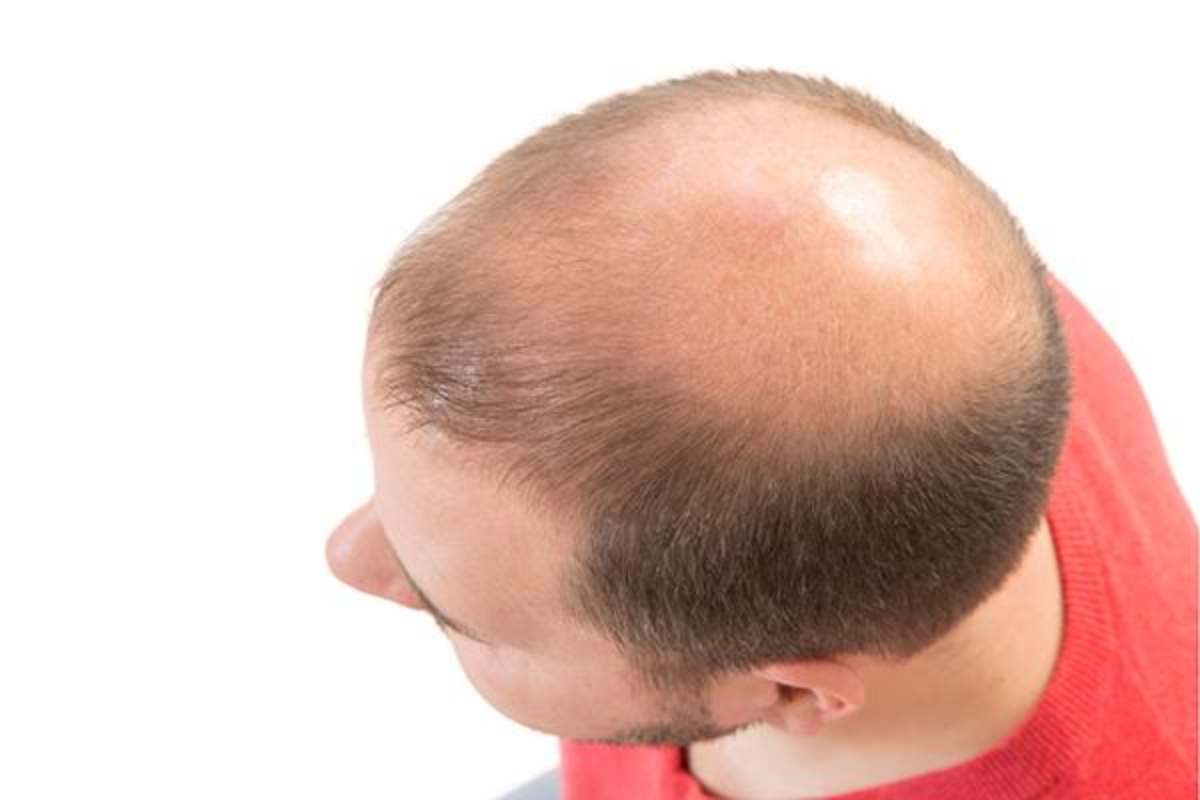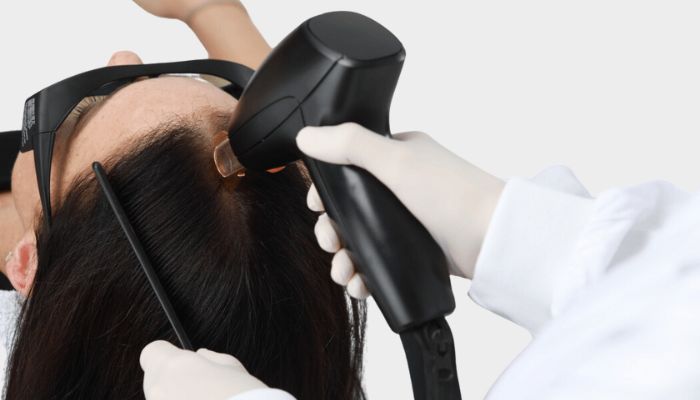August 2017 might be “history,” but at Limmer HTC, it’s never too late to celebrate National Hair Loss Awareness month. This week, we’re stepping back through the history of hair transplantation and restoration. We couldn’t be prouder that our founder, Dr. Bobby L. Limmer (pictured above, center), played a pioneering role in the story of modern hair transplantation techniques.
The Human Legacy: A History of Hair Loss
As Dr. Richard C. Shiell noted in the 2008 Journal of Cutaneous and Aesthetic Surgery, hair loss, particularly androgenetic alopecia, “seems to have troubled members of the human race since the dawn of history.” The ancient Egyptian Ebers Papyrus scrolls (circa 1550 B.C.)—one of the oldest collections of medical texts ever discovered—includes a hair restoration treatment.
A History of Hair Transplantation
The story of modern hair transplantation surgery begins in 1822 in Wurzburg, Germany. Professor Dom Unger performed the first successful hair transplants on humans. Unger’s protégé, a medical student named Diffenbach, described experiments wherein the pair successfully transplanted hair from one part of a person’s scalp to another.
An Unfortunate Chapter in the History of Hair Transplantation: The Hucksters
After Unger, the surgical community appears to have largely forgotten hair transplantation well into the 20th century. The public, however, was no-less preoccupied with baldness. This led to the rise of so-called “medicine men”—better-known as “snake-oil” salesmen.
These opportunists took advantage of people desperate to regrow hair, selling potions, elixirs, and ointments from the back of wagons. Medicine men touted their nostrums as miracle cures. However, few of these potions, if any, actually worked.
Modern Hair Transplants Begins in A Surprising Era & Place
Modern hair transplantation techniques began taking shape in an unexpected place: World War II Japan. In 1939, Japanese dermatologist S. Okuda described what would come to be known as the “punch” technique. Using this method, Okuda grafted areas of skin with hair to areas without hair, including the scalp, eyebrows, and upper lip. Due to cultural and language barriers, Okuda’s work was not recognized in the West until recently.
Donor Dominance and Baby-Doll Hair: Pivotal to the History of Hair Transplantation
The next breakthrough in hair transplant surgery came from a 1959 paper by Dr. Norman Orentreich, MD in which he described a phenomenon he called “donor dominance.” Donor dominance is the counterintuitive fact that hair “donated” from one area of the scalp to another will retain the growth characteristics of the area from which it was harvested.
Hair transplant procedures gained public acceptance in the 1960s and 70s. However, the techniques of those decades yielded unnatural-looking “hair plugs” reminiscent of baby-doll hair. The grafts at that time averaged between 15 and 25 hairs each. These easy-to-spot plugs are what many people still think of when they hear “hair transplant.”
The Surgical Battle to Reduce Bald Scalp Continued: Other Hair Restoration Techniques
From the late 1970s into the 1990s, three categories of surgical restoration procedures were used in addition to coarse plugs:
1) Scalp flaps: With this technique, surgeons transplanted large areas of hair-bearing scalp around to cover the balding areas.
2) Surgical excision: In this procedure, large strips of bald scalp were cut out and the surrounding scalp pulled tightly back together.
3) Free autografts: In this procedure, surgeons moved pieces of hairy scalp to the bald area, stitching them in place.
All three of the above techniques involved high risks of pain, bleeding, skin necrosis (dead skin), and unnatural or disappointing results.
B.L. Limmer & Follicular Unit Grafting; A Proud Place in the History of Hair Transplantation
Unsatisfactory results led surgeons to experiment with ways to decrease graft size. This is where our founder, Dr. B.L. Limmer, enters the story. Dr. Limmer was the first to use a stereo-microscope to divide long strips of donor skin into smaller “follicular units.” His breakthrough, known as follicular unit grafting, is still considered the “gold standard” of hair transplants. Follicular unit grafting produces natural-looking results.
A former Army Dermatologist, Dr. Limmer practiced in San Antonio for decades, performing thousands of successful hair transplants. Rather than patent his revolutionary method, he opened his doors to teach the technique free-of-charge to physicians from all over the world.
Another Shift in Technique: The Surge of Follicular Unit Excision (FUE)
After undergoing flap procedures, reductions, plugs, or overzealous harvesting, some patients endured unsightly scars. In this decade, we’re seeing an emerging desire for less-conspicuous scars, and so, the FUE has gained popularity. This is accomplished with a variety of manual or mechanized punch instruments to remove grafts one at a time without excision or stitches.
In keeping with the Limmer history of innovation, Dr. Krejci has implemented The ARTAS Robotic Restoration system to the Limmer legacy. With the ARTAS system, a physician-controlled, state-of-the-art device harvests follicular units with robot precision (traditionally, FUE harvesting is done by hand). ARTAS reduces the element of fatigue and the possibility of human error, while providing faster recovery times.
A Proud Place in the History of Hair Transplantation
At the Limmer HTC, we’re proud of our heritage and of our place in the history of hair transplantation surgery. Dr. Limmer has entrusted his rich legacy to Dr. Krejci and her team, who work hard every day to carry on his work and make him proud. Hair restoration has come a long way since the early days, and we’d be thrilled to help you benefit from those advancements. At Limmer, it’s never too late to celebrate National Hair Loss Awareness with a consultation on your options for hair restoration. Now is a great time to get started on changing your life through a fuller head of natural-looking hair.







